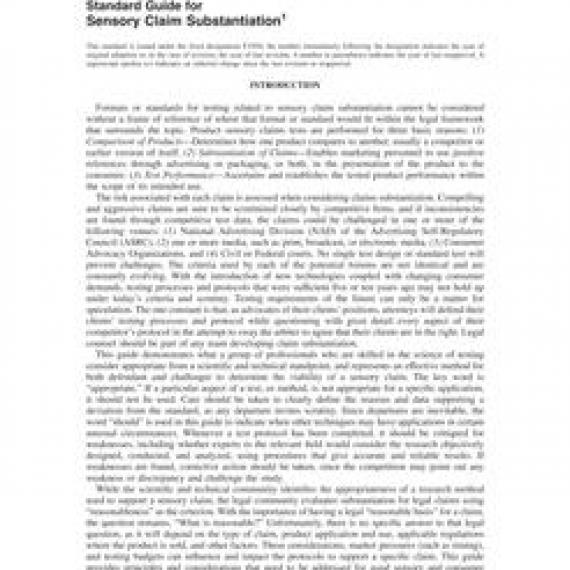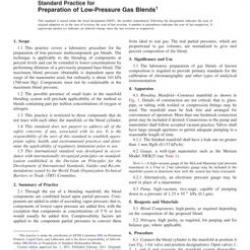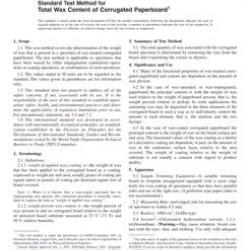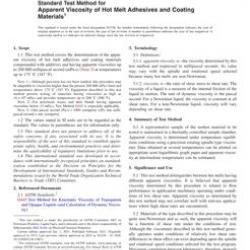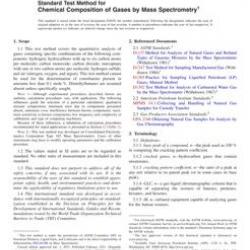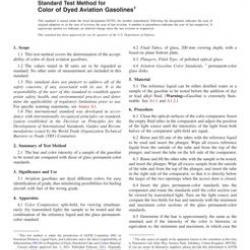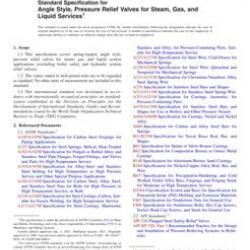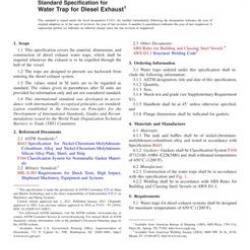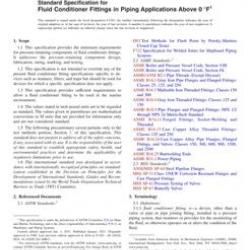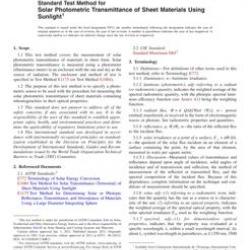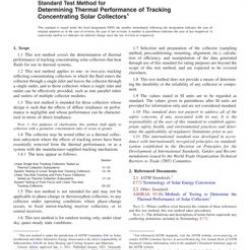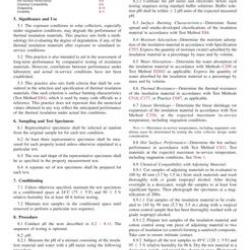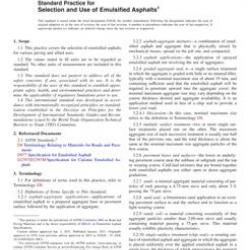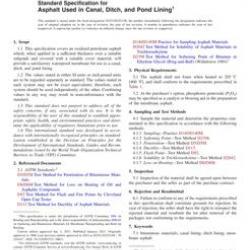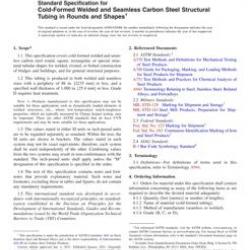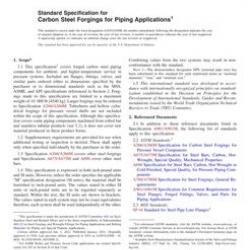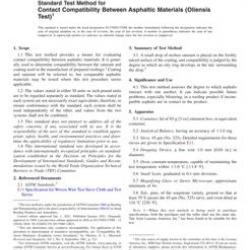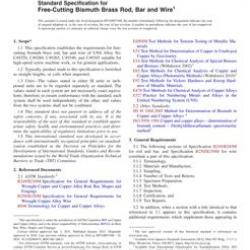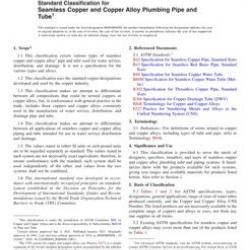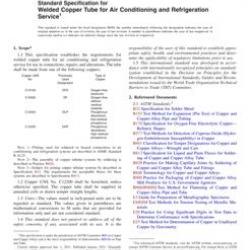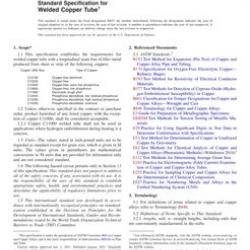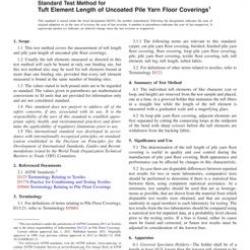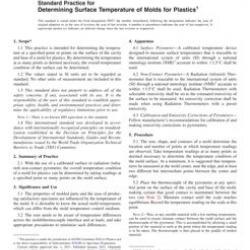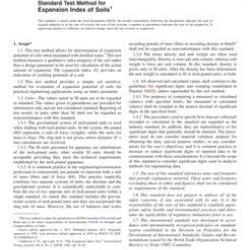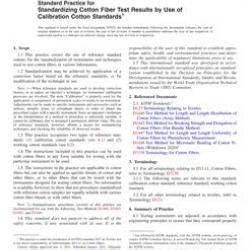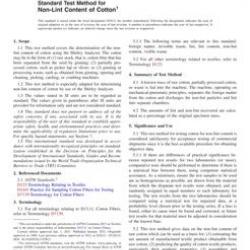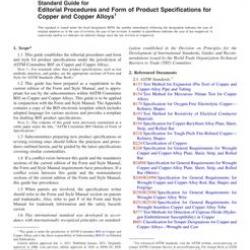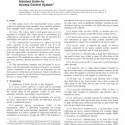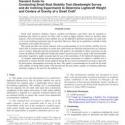No products
ASTM E1958-20
ASTM E1958-20 Standard Guide for Sensory Claim Substantiation
standard by ASTM International, 02/01/2020
Full Description
1.1This guide covers reasonable practices for designing and implementing sensory tests that validate claims pertaining only to the sensory or perceptual attributes, or both, of a product. This guide was developed for use in the United States and must be adapted to the laws and regulations for advertisement claim substantiation for any other country. A claim is a statement about a product that highlights its advantages, sensory or perceptual attributes, or product changes or differences compared to other products in order to enhance its marketability. Attribute, performance, and hedonic claims, both comparative and non-comparative, are covered. This guide includes broad principles covering selecting and recruiting representative consumer samples, selecting and preparing products, constructing product rating forms, test execution, and statistical handling of data. The objective of this guide is to disseminate good sensory and consumer testing practices. Validation of claims should be made more defendable if the essence of this guide is followed.
| Table of Contents | |
| Section | |
| Introduction | |
| Scope | 1 |
| Referenced Documents | 2 |
| Terminology | 3 |
| Basis of Claim Classification | 4 |
| Consumer Based Affective Testing | 5 |
| Sampling | 5.1 |
| Sampling Techniques | 5.2 |
| Selection of Products | 5.3 |
| Sampling of Products When Both Products Are Currently on | 5.4 |
| Handling of Products When Both Products Are Currently on | 5.5 |
| Sampling of Products Not Yet on the Market | 5.6 |
| Sample Preparation/Test Protocol | 5.7 |
| Test Design-Consumer Testing | 6 |
| Data Collection Strategies | 6.6 |
| Interviewing Techniques | 6.7 |
| Type of Questions | 6.8 |
| Questionnaire Design | 6.9 |
| Instruction to Respondents | 6.10 |
| Instructions to Interviewers | 6.11 |
| General/Overall Questions | 6.12 |
| Positioning of the Key Product Rating Questions | 6.13 |
| Total Test Context and Presentation Matters | 6.14 |
| Specific Attribute Questions | 6.15 |
| Classification or Demographic Questions | 6.16 |
| Preference Questions | 6.17 |
| Test Location | 7 |
| Test Execution by Way of Test Agencies-Food and Non-food | 8 |
| Documents to Retain in Sensory Claims Substantiation Research | 9 |
| Laboratory Testing Methods | 10 |
| Types of Tests | 10.2 |
| Advantages and Limitations of the Use of Trained Descriptive | 10.3 |
| Test Design-Laboratory Testing | 11 |
| Product Procurement | 11.6 |
| Experimental Design | 11.7 |
| Data Collection | 11.8 |
| Data Analysis | 11.9 |
| Questionnaire Construction | 12 |
| Test Facility | 13 |
| Statistical Analysis | 14 |
| Paired-Preference Studies | 14.1 |
| Superiority Claims | 14.2 |
| Equivalence Claims | 14.3 |
| Paired Comparison/Difference Studies | 14.5 |
| Analysis of Data from Scales | 14.6 |
| Keywords | 15 |
| Commonly Asked Questions About ASTM and Claim | Appendix X1 |
1.2This international standard was developed in accordance with internationally recognized principles on standardization established in the Decision on Principles for the Development of International Standards, Guides and Recommendations issued by the World Trade Organization Technical Barriers to Trade (TBT) Committee.

